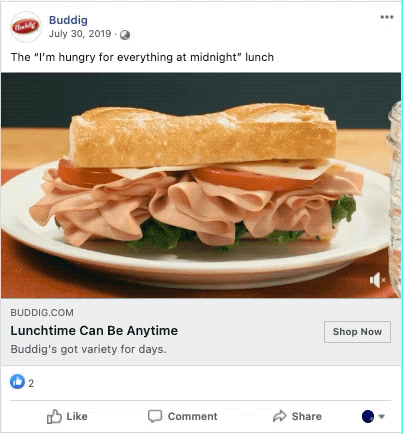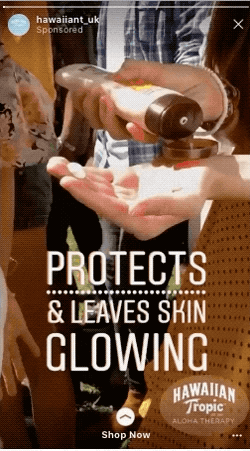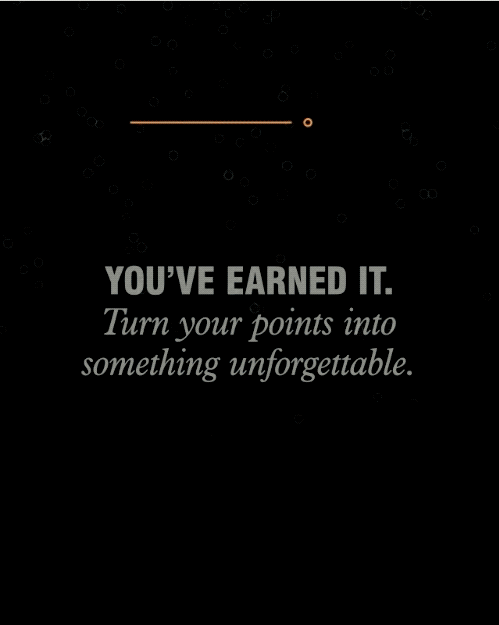Personalization in marketing is no longer a nice-to-have. As per a recent study by Salesforce, 52% of consumers always expect offers to be personalized. The story is no different for video, a channel that has boomed over the past year and is expected to rake in more engagement for marketers going forward. Almost 50% of customers say that they engage more with video ads if they are relevant to their interest.
Many brands are now experimenting with video personalization and some have incorporated exceptional use of data and storytelling to boost engagement and conversions. Here is a list of the best examples we’ve seen of personalized video ads across social media and what marketers can learn from them:
1. Use Contextual Data to Drive Relevance
In this day and age when customers are increasingly becoming wary of how their data is being used, brands can use simple contextual triggers such as weather and time to drive relevance without being too intrusive.
Buddig recently repositioned itself as a convenient ‘lunchtime anytime’ brand through a national, omnichannel campaign. Their social ads were directed toward customers with an on-the-go lifestyle, a concept that they cleverly communicated through videos featuring messages personalized using time of day or day of the week:
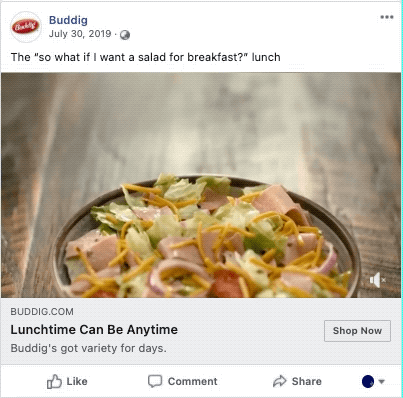
Ad for viewers in the morning hours Ad for viewers in the late evening hours
Similarly, Suncare brand, Hawaiian Tropic used contextual data to generate awareness among young women in the UK. It ran short, 6-second video ads across Instagram stories that were personalized using triggers such as temperature, location, and local events:
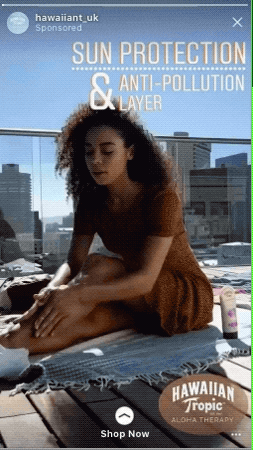
Ad for viewers in the city Ad for viewers around an event
2. Leverage First-Party Data for Hyper-Personalization
Harnessing first-party data is at the top of every marketer’s mind today as the demise of third-party cookies looms closer. Using customer consented data such as CRM or loyalty data is one of the smartest and safest ways to engage customers through personalized advertising. This is a strategy that Marriott implemented successfully across Facebook.
The hospitality giant tapped into its 120 million-member-strong loyalty program to run an award-winning personalized video campaign that allowed members to bid for curated experiences using their points. The ads pulled together a set of three experiences selected based on the membership tier of the viewer. Since points keep fluctuating, the brand refreshed the ads frequently to ensure the experiences reflected were relevant to the viewers’ membership tier.
Marriott’s engaging use of rich first-party data is testimony to the fact that personalization can and should be a priority even after the deprecation of third-party cookies at the end of 2021.
| Learn more about how e-commerce brands can use first-party data and identity to personalize marketing in a post-cookie world. Download our latest eBook. |
3. Tell a Personalized Story to Each Consumer
Unicornetto, a Unilever ice cream brand, used an interesting story-telling strategy for an award-winning social video ad campaign. Using a single 6-minute video that depicted a teen romance story, they created several shorter versions that were shown to audiences based on triggers such as gender, time of day, and interest. Each viewer was shown ads in a sequence where the next ad was decided based on how much of the previous ad they had seen, with the conversion goal of the viewers watching the entire 6-minute video.
The Unicornetto campaign is a case study in storytelling! We love how the brand unfolded a 6-minute short love story using data to capture the attention of their teenage audiences and make every touchpoint relevant to them.
Inspired to create unique, personalized video campaigns for your brand? With the right technology partner, you can not only create video variations quickly but do so at a fraction of a cost. Get in touch with our personalization experts to learn more.

